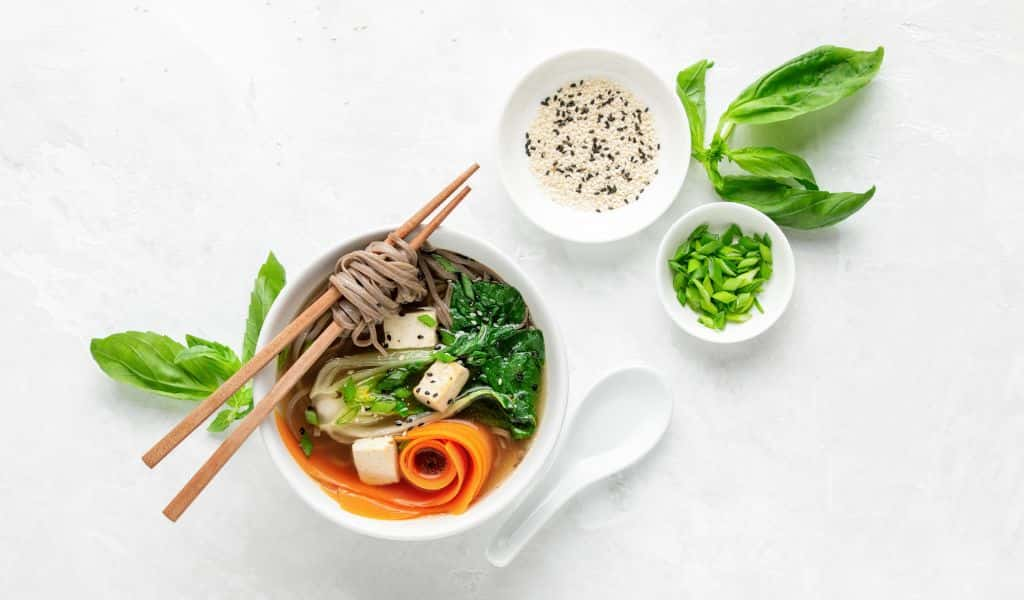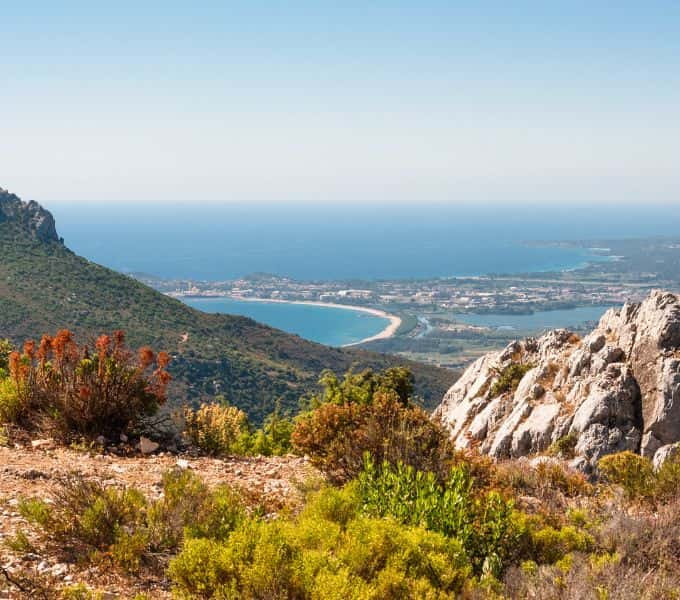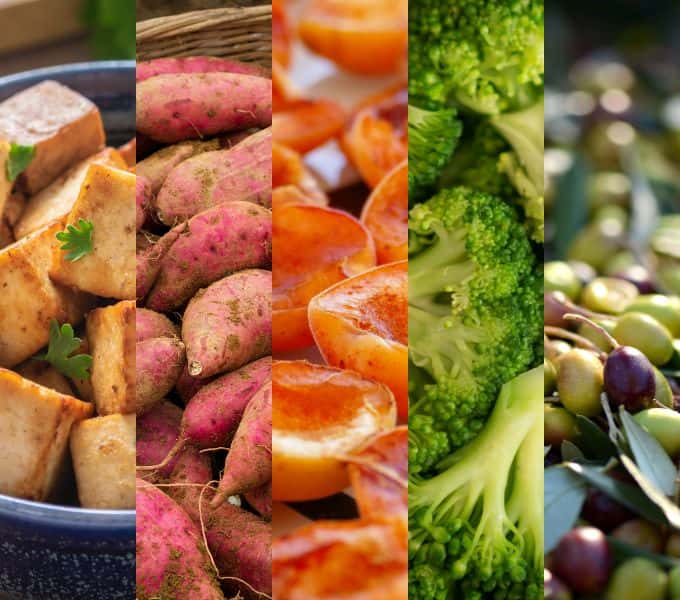Around the world, there exist rare enclaves where the clock appears to tick more slowly, and reaching ages beyond 100 is the norm rather than the exception. These places, known as Blue Zones, are true oases of longevity and health. In Okinawa, a remote island in southern Japan, inhabitants boast one of the highest percentages of centenarians in the world. Similarly, the residents of Ikaria, a Greek island in the Aegean Sea, are renowned for their high concentration of active and vibrant nonagenarians and centenarians. Another example is the Ogliastra region in Sardinia, where people enjoy exceptional health well into old age.
These communities not only surpass the global average in life expectancy but also enjoy a remarkable quality of life, maintaining physical and mental health throughout their long lives. The Blue Zones thus serve as a starting point for exploring the secrets of the longevity and vitality that characterise these populations.






